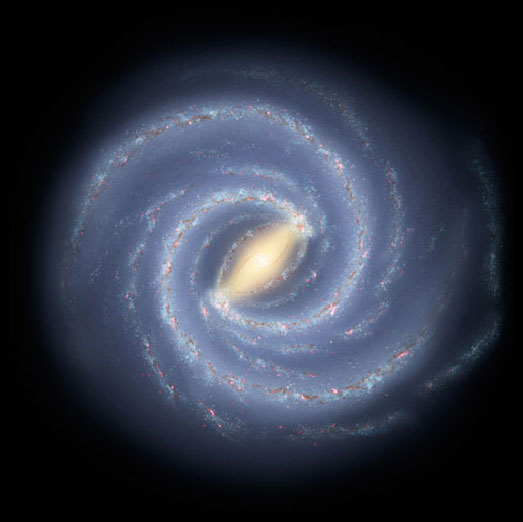
It was in last February that a study found evidence of a serious warping around the edges of Milky Way galaxy. The study report also added that the Milky Way is not disc-shaped. Now, a second study has confirmed that the Milky Way is warped and twisted.
During this new study, researchers at the University of Warsaw in Poland used a three-dimensional map of Milky Way, using distances between classical Cepheid variable stars as markers. It should be noted that these young stars are 100 to 10000 thousand times bright that the earth and this immense brightness allowed scientists to detect them even at a high distance.
"Our map shows the Milky Way disk is not flat. It is warped and twisted," said Przemek Mroz, an astrophysicist and the co-author of the study. Data obtained from these Cepheid variable stars revealed that the outer edge of the Milky Way galaxy is warped. Being a spiral galaxy, Milky Way's warping shape at the outer edges comes as a no surprise, but the unusual factor is that the warping also includes young stars.
Researchers believe that the outer disc of the Milky Way is getting pulled by the massive inner disc, resulting in a kind of elongated warp. The new study report is considered quite crucial, as it will help space scientists to know more about the exact shape of the Milky Way galaxy. The results obtained from the studies could also help to locate dark matter and to know more in-depth details of neighboring galaxies.
A few weeks back, another study conducted by researchers at the Instituto de Astrofisica de Canarias, Spain had found that a dwarf galaxy named Gaia-Enceladus was once devoured by Milky Way. The research report also added that this galactic collision has played a crucial role in determining the evolution of Milky Way.









